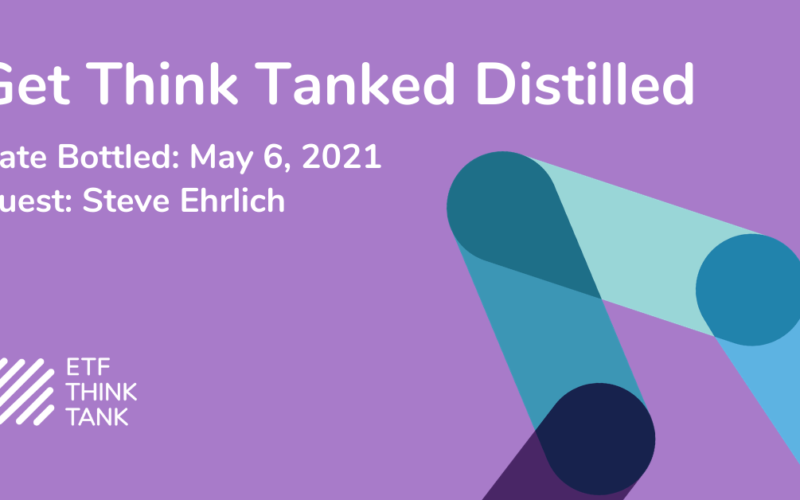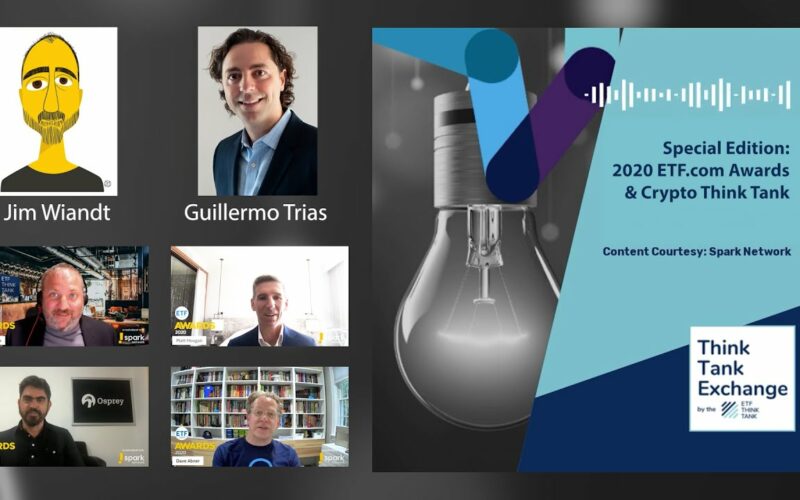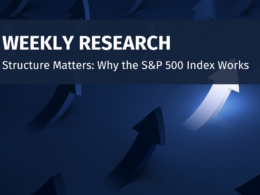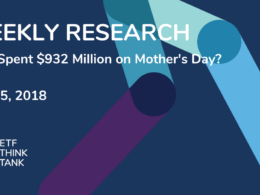A few weeks ago, we introduced the ETF Management Matrix in partnership with ETF Research Center. At the ETF Think Tank, we are dedicated to the education and growth of advisors and investors utilizing the benefits of ETFs. The purpose of the ETF Management Matrix is further education around ETFs. It is driven by our security master, which seeks to provide a common language for discussing and researching ETF data. This week we dive into the upper left corner of the matrix and focus on the smallest category: Active & Diverse ETFs (AD).

The AD category has the least amount of listed funds with only 49 out of 1,408 non-leveraged equity ETFs covered. The AD category represents only 3.5% of equity ETFs and 28.5% of active equity ETFs. What does stand out is the average expense ratio, which is less than half of the more concentrated active ETFs. As we noted in the weekly KPI, Active ETFs represent 10.17% of ETF industry revenue, but due to the low expense ratios, the AD category only represents 5.8% of the revenue generated by Active ETFs. Surprisingly, there are more assets in AD category than in the Active Semi-Diverse category. Now, let’s explore the AD ETFs with the most assets.

Old Dogs, New Tricks
The AD category is dominated by assets from Avantis, JP Morgan and Vanguard. Most of these funds are affiliates to American Century and their wholesaling machine. The assets have likely come from intermediaries and advisors rather than individual investors. These ETFs, although filed as active, seem to be more like low-tracking error-style box-focused strategies.

As you can see from our ETF Think Tank Smart Cost Calculator, AVUS captures 95% of the securities in the Vanguard Total US Equity ETF (VTI). By weighting these securities differently the position overlap drops to 70%. Further, when looking at the closest 10 ETF competitors by overlap, 90% are passive. This implies that the primary consumer of these AD ETFs are traditional style box mutual fund investors that are now embracing the benefits of the ETF structure.

Innovation Diversified
From an asset gathering, revenue generating and fee standpoint, it is obvious why issuers are focusing on more concentrated active ETFs. That said, there are two interesting standouts in the top ten ETFs of the AD category: Knowledge Leaders Developed World ETF (KLDW) and Cambria Shareholder Yield (SYLD).

The table above shows that despite these two funds offering more diversification than the traditional index, they both provide active share at or above 90%. This suggests that there is room in the marketplace for AD ETFs that truly provide a differentiated portfolio.
ETF Think Tank members can access these tools by requesting a log in here.
Disclosure
The information provided here is for financial professionals only and should not be considered an individualized recommendation or personalized investment advice. The investment strategies mentioned here may not be suitable for everyone. Each investor needs to review an investment strategy for his or her own particular situation before making any investment decision.
All expressions of opinion are subject to change without notice in reaction to shifting market conditions. Data contained herein from third party providers is obtained from what are considered reliable sources. However, its accuracy, completeness or reliability cannot be guaranteed.
Examples provided are for illustrative purposes only and not intended to be reflective of results you can expect to achieve.
All investments involve risk, including possible loss of principal.
The value of investments and the income from them can go down as well as up and investors may not get back the amounts originally invested, and can be affected by changes in interest rates, in exchange rates, general market conditions, political, social and economic developments and other variable factors. Investment involves risks including but not limited to, possible delays in payments and loss of income or capital. Neither Toroso nor any of its affiliates guarantees any rate of return or the return of capital invested. This commentary material is available for informational purposes only and nothing herein constitutes an offer to sell or a solicitation of an offer to buy any security and nothing herein should be construed as such. All investment strategies and investments involve risk of loss, including the possible loss of all amounts invested, and nothing herein should be construed as a guarantee of any specific outcome or profit. While we have gathered the information presented herein from sources that we believe to be reliable, we cannot guarantee the accuracy or completeness of the information presented and the information presented should not be relied upon as such. Any opinions expressed herein are our opinions and are current only as of the date of distribution, and are subject to change without notice. We disclaim any obligation to provide revised opinions in the event of changed circumstances.
The information in this material is confidential and proprietary and may not be used other than by the intended user. Neither Toroso or its affiliates or any of their officers or employees of Toroso accepts any liability whatsoever for any loss arising from any use of this material or its contents. This material may not be reproduced, distributed or published without prior written permission from Toroso. Distribution of this material may be restricted in certain jurisdictions. Any persons coming into possession of this material should seek advice for details of and observe such restrictions (if any).











